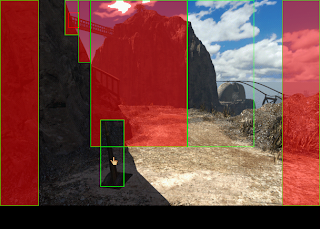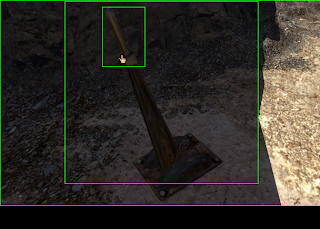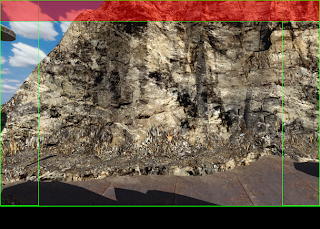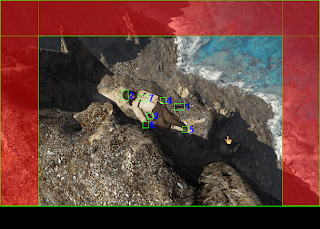Had a busy summer... busy fall too. Played a few games recently, including one classic game -- The Journeyman Project: Pegasus Prime. Let's reminisce a bit (WARNING: Contains spoilers; just skip to the very bottom for the good stuff).

The essential title screen; usually in most games. Let's move onto gameplay.

We should probably wake up, and not be late for work.

Too late! The commissioner doesn't look too happy. Also, bad temporal rip incoming and whatnot.

Time to go recover that log and not jump off the cliff though!

Avoid dinosaurs too, always good. Let's go to Mars instead.

Watch out! (Aside: For fun, you can try to attack this guy with any inventory item -- I bet you didn't know that!)

Freeze the lock, let's take a look at that bomb. Don't just pry it out though! Now, let's get out of here.

The maze isn't the same without the original music, but it's still enjoyable. Let's go catch that robot!

Bang bang! Pew pew! Now, tractor her in and board her!

Need to stop a robot down under too.

Being under the sea more to your liking? This guy doesn't seem to think you're much of a match for him, though. Probably should stay out of his way or maybe crush him or something.

I hope you don't need a map to solve this one.

Watch out! Robot on the loose!

Who needs lockpicks? Let's just blow the door open.

Why are there no tasers in the future?

How come James Bond never had to go through this level of difficulty when diffusing a bomb?

Mission Accomplished!
Well, that was a fun little aside don't you think! Talking about a classic adventure game randomly, just like that. Or was it really random? Maybe there's something common about those screenshots; no, not just in PNG format. They're all taken from within ScummVM. Yeah, you heard correctly. This is definitely happening, and I'll hopefully be done fairly soon. Ah, now you see what I'm getting at? There's still some graphical glitches with the videos, but it's in very good shape overall.
Oh and it's even completable.
More updates to come soon (And no, this code isn't on my github account yet, but will be soon).
And, of course, much thanks to Presto Studios for making all this possible and providing the original source code!














